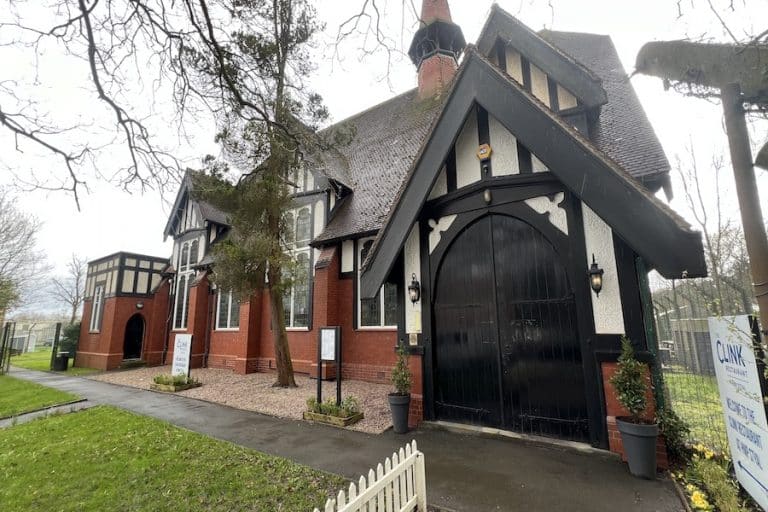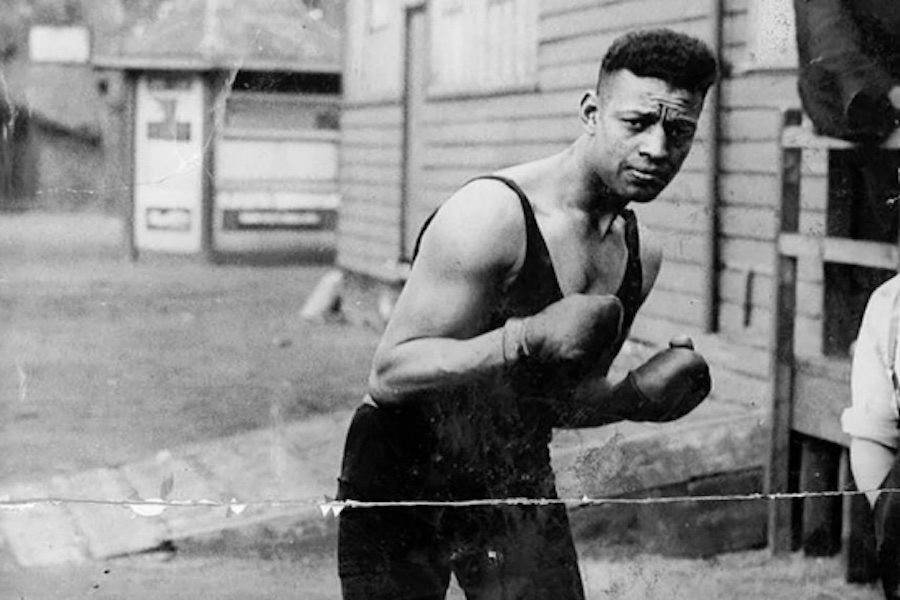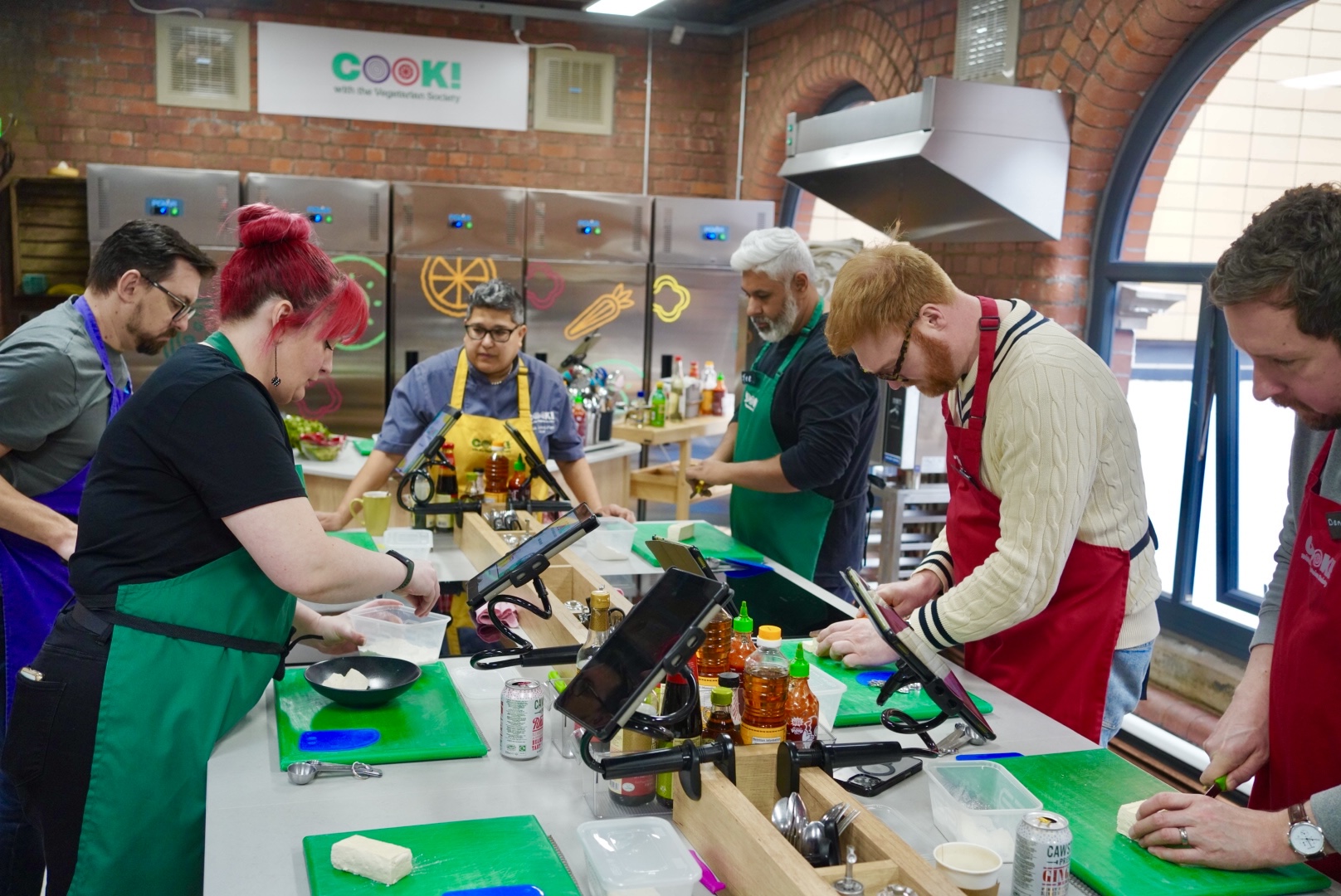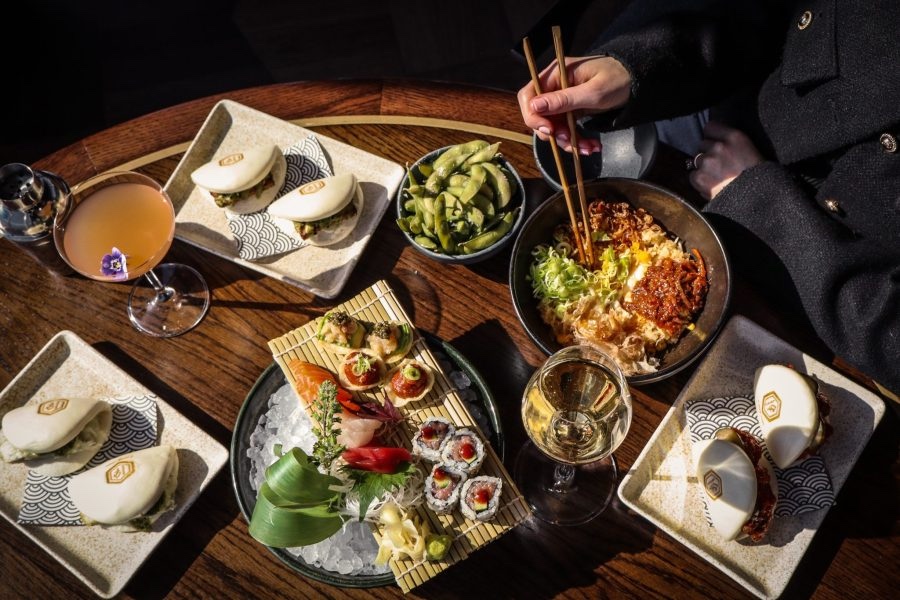How to become a pasta master right here in Manchester
- Written by Louise Rhind-Tutt
- Last updated 7 years ago
- City of Manchester, Food & Drink

“How many types of pasta can you name?” asked Carmela Sereno Hayes at the start of a pasta masterclass at Salvi’s Mozzarella Bar in Manchester’s Corn Exchange.
We started counting shapes off the top of our heads. Spaghetti, ravioli, tortellini, linguini, lasagne, macaroni, rigatoni, pappardelle, tagliatelle, penne, fusilli, vermicelli… There must be more than that. I guessed around 100, which I thought was generous.
Nowhere near. There are 642 shapes according to Carmela, a cookery tutor who specialises in the art of making pasta. Carmela is known as a pastaia (specialist pasta maker) and is also an event cookery demonstrator, recipe developer, food writer and author of two cookery books.

Carmela was born in Bedford – it’s known as little Italy – but her family are from the regions of Puglia and Molise in the south of Italy. Now she lives in a small village in Northamptonshire with her husband, who hails from Salford, and their four children.
She is passionate about using traditional and authentic Italian techniques and ingredients – something which Maurizio Cecci, who runs Salvi’s, understands well. A family-run establishment, with ingredients sourced from Maurizio’s home of Naples and Sorrento, Salvi’s make their own pasta every day, often basing recipes on those from Maurizio’s mother’s Neapolitan kitchen.
There are two types of flour to make pasta, Carmela explained. Semola, a coarse grain, and double zero (00) flour, a wheat flour typically milled in Italy where millers grade their flour by using a ‘zero’ rating, which is usually made with egg for a richer result.
Carmela recommended semola for pasta-making novices, as you just need to add hot water to make the dough. “It’s not semolina,” she explained. “It’s a durum wheat flour, and you’ll see when you make pasta with it that it’s very forgiving.” Ideal for beginners, it’s available to buy from Salvi’s deli.

The liquid doesn’t have to be just water. Using spinach blitzed in a food processor, and tomato puree mixed with a little water, Carmela demonstrated two vibrant, cheery colours of pasta, which she rolled together to make a beautiful double-coloured sheet ready to work with. “You could also add pesto or blitzed roasted tomatoes from a jar,” she said.
Although there are over 640 shapes in existence, Carmela says we usually only get to try a small number of these in the UK. In order to try something different, she showed us how to make pasta alla chitarra along with capelli hats, soprese tortellini and corzetti pasta disks.
It was great watching her effortlessly making beautiful shapes, from ridged curls to cute little hats formed over the top of a glass beer bottle. But soon it was our turn – this was a hands-on class, after all. The bowl of semola flour in our bowls suddenly looked a far cry from the elegant shapes on Carmela’s board.

We added approximately 50ml of water to our 100g of semola flour. “Always warm water,” said Carmela. “But you would never use warm water from a tap or kettle in Italy,” she said. “You have to warm it on the stove.”
Does Carmela stick to such traditional methods?
“I use water from a kettle,” she laughs. “But it would be frowned upon in Italy, so don’t tell anyone.”
Kneading the dough was a thoroughly therapeutic experience. Soon, we all had a pleasingly round disc of dough in front of us, and were feeling more confident. The glass of prosecco on arrival probably helped.

“You should always use a wooden surface to make pasta,” Carmela explained. A granite surface is simply too cold.
The thickness of the pasta you’re making depends on the type, explained Carmela. “Lasagne will be slightly thicker for example, but ravioli will be thinner because you’re folding it.”
Forming our pasta shapes was fun once we had rested and rolled the dough. There was something extremely rewarding about making little farfalle butterflies (the shape Alan Partridge famously described as “like an Action Man bowtie”) by hand. Little rectangles of dough, with just a pinch in the middle, were rapidly turning into a proud pile of bows.
You can either cut the pasta by hand or use tools, explained Carmela, who collects the various regional pasta tools available across Italy.
The pasta masterclass is aimed at all levels, from complete beginners through to experienced pasta makers. I thoroughly enjoyed it and learnt a lot. And I got to take my little box of slightly misshapen – though crafted with love – pasta shapes home with me.
I’ll definitely be making my own pasta again at home. After all, everybody needs a big bowl of Action Man bow ties from time to time.
- This article was last updated 7 years ago.
- It was first published on 7 May 2018 and is subject to be updated from time to time. Please refresh or return to see the latest version.
Did we miss something? Let us know: press@ilovemanchester.com
Want to be the first to receive all the latest news stories, what’s on and events from the heart of Manchester? Sign up here.
Manchester is a successful city, but many people suffer. I Love Manchester helps raise awareness and funds to help improve the lives and prospects of people across Greater Manchester – and we can’t do it without your help. So please support us with what you can so we can continue to spread the love. Thank you in advance!
An email you’ll love. Subscribe to our newsletter to get the latest news stories delivered direct to your inbox.
Got a story worth sharing?
What’s the story? We are all ears when it comes to positive news and inspiring stories. You can send story ideas to press@ilovemanchester.com
While we can’t guarantee to publish everything, we will always consider any enquiry or idea that promotes:
- Independent new openings
- Human interest
- Not-for-profit organisations
- Community Interest Companies (CiCs) and projects
- Charities and charitable initiatives
- Affordability and offers saving people over 20%
For anything else, don’t hesitate to get in touch with us about advertorials (from £350+VAT) and advertising opportunities: advertise@ilovemanchester.com

Head down the rabbit hole for Adventures in Wonderland with Z-arts

Major rail investment set to transform Manchester-Leeds commutes

“His presence will be deeply missed” Children’s hospice bids farewell to their visionary CEO

Has Gordon Ramsay created Manchester’s ultimate bottomless brunch?

The Clink celebrates ten years of empowerment and second chances
















